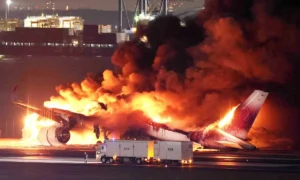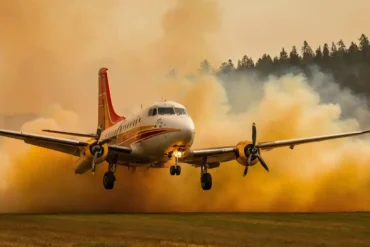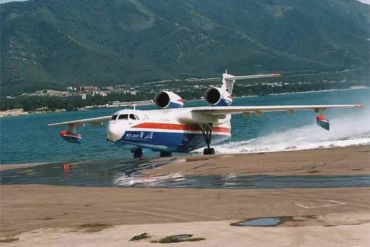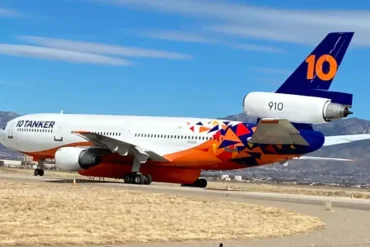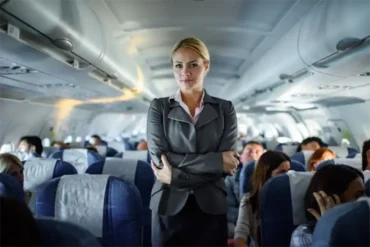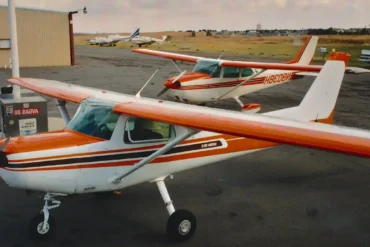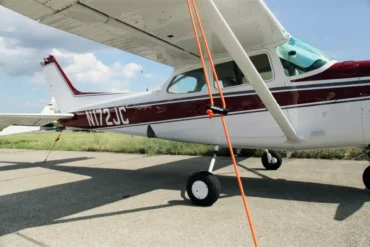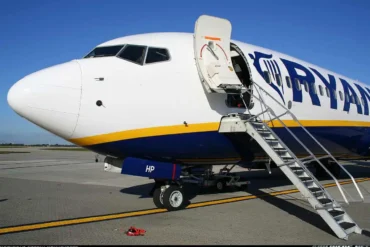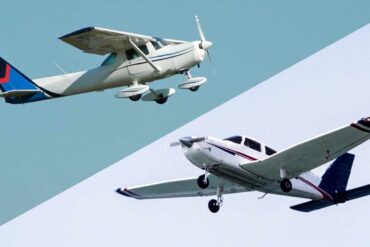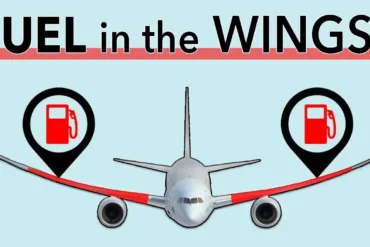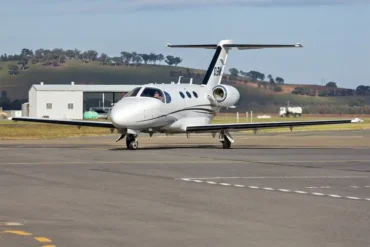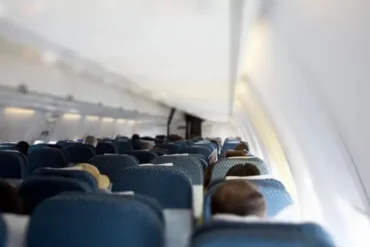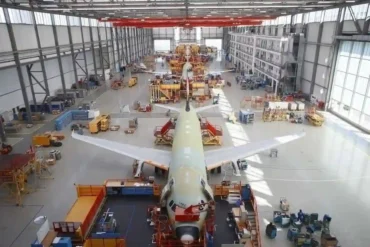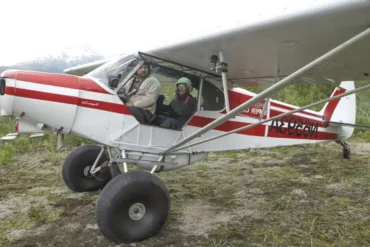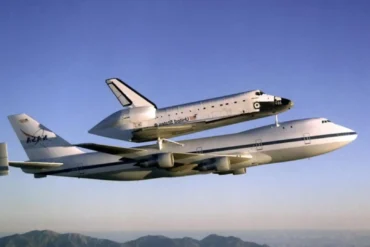Have you heard about that scary incident at Haneda Airport in Tokyo this January? A Japan Airlines jet collided with a smaller Japanese Coast Guard plane right after landing, bursting into flames. Sadly, five crew members on the military aircraft didn’t make it. But here’s the amazing part – all 379 passengers and 12 crew members on the big commercial jet survived!
We’re not sure exactly how the collision happened, but it really shows how important aircraft firefighting is. After everyone got off the plane safely, firefighters from 110 fire engines worked super hard for almost three hours to put out the fire. The Guardian reported on this incredible effort.
Aircraft firefighting is a big deal when it comes to keeping flying safe. In the US, the Federal Aviation Administration (FAA) has rules about it, and there are also standards from an organization called NFPA®. As planes get more advanced, so do the potential risks, which is why following these standards is so crucial.
The NFPA has some important guides for aircraft rescue and firefighting (ARFF). They have two main documents: NFPA 440, which is a guide for ARFF operations and planning for emergencies at airports, and NFPA 460, which sets the standard for ARFF services at airports. These documents help everyone know what to do in case of an emergency.
What NFPA 440, NFPA 460, and Other Documents Say About ARFF
NFPA 440 is like a playbook for both airport firefighters and regular firefighters. It helps them figure out what to do during an emergency at an airport. NFPA 460, on the other hand, is all about what airports need for firefighting. It covers everything from the people and equipment needed, to where fire stations should be at the airport.
There’s another document called NFPA 1900 that talks about the special vehicles used for aircraft rescue and firefighting. It makes sure these vehicles are designed and built to do their job well.
One cool thing the NFPA standards do is group airports based on the size of planes they handle. This helps make sure each airport has the right kind of firefighting equipment for the planes that use it.
Fighting fires on planes is tricky because of things like dangerous materials and possible fuel leaks. That’s why firefighters need special equipment, and the NFPA standards help make sure they have the right stuff.
Training is super important too. The NFPA standards say that firefighters need special training to handle plane emergencies. They also need to practice regularly to stay sharp and work well as a team.
NFPA 440 also talks about how important it is for different groups to work together during an emergency. Airports, firefighters, and other emergency responders need to communicate well to save lives and reduce damage.
The NFPA standards don’t just cover putting out fires. They also include what to do after an incident, like how to move a damaged plane and investigate what happened. This helps make sure everything is handled properly from start to finish.
Get Involved
Aircraft rescue and firefighting, along with the NFPA standards, play a big part in keeping flying safe. As planes keep changing, these standards need to keep up. That’s why it’s so important for regulators, people in the aviation industry, and emergency responders to work together to keep air travel as safe as possible.
If you’re interested in helping make these standards even better, you can apply to join the NFPA Technical Committee on Aircraft Rescue and Firefighting. Just visit their website at nfpa.org/440, nfpa.org/460, or nfpa.org/1900. You can also share your ideas for the next versions of these documents through these links. It’s a great way to make a difference in aviation safety!
